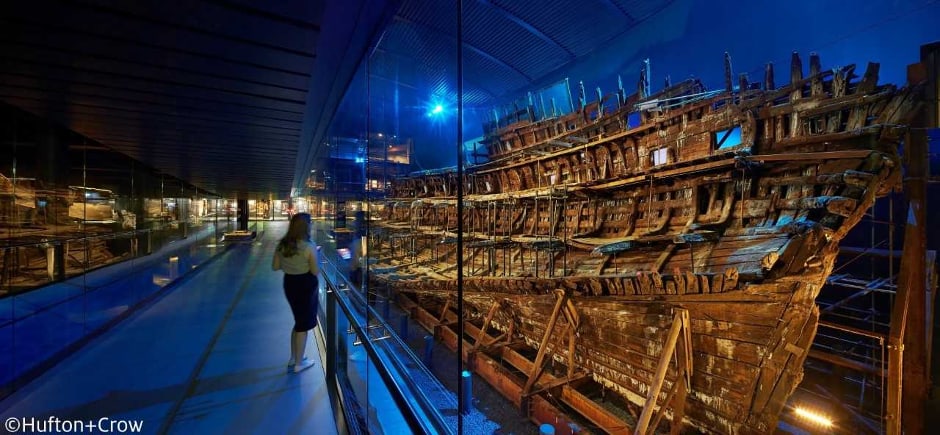Mary Rose hull preserved using magnetic nanotech

Scientists from the Mary Rose Trust are using magnetic nanoparticles to remove corrosive ions from inside the hull of the Tudor warship.

Sunk off the south coast of England in 1545, the Mary Rose was raised in 1982, bringing with it a veritable bounty of archaeological treasure from the time of Henry VIII. Around 19,000 artefacts were recovered, including timber making up approximately 40 per cent of the hull.
While on the seabed, this collection of timber, leather and other textiles became colonised by sulphur-reducing marine bacteria that produced hydrogen sulphide. This gas reacted with iron ions from corroded fixtures like cannons to form iron sulphides. Although stable in low-oxygen environments, sulphur rapidly oxidises in regular air in the presence of iron to form destructive acids. The goal of the team at the Mary Rose Trust was to devise a method to remove the free iron ions and prevent further decomposition of the hull and its contents.
Register now to continue reading
Thanks for visiting The Engineer. You’ve now reached your monthly limit of news stories. Register for free to unlock unlimited access to all of our news coverage, as well as premium content including opinion, in-depth features and special reports.
Benefits of registering
-
In-depth insights and coverage of key emerging trends
-
Unrestricted access to special reports throughout the year
-
Daily technology news delivered straight to your inbox










Construction industry lags in tech adoption
Are these the best people to ask "Insights from 2,000 Industry Leaders"? - what would their customers views be like (perhaps more...